Send In The Clones: A Review Of One Many Nobody
Escape a dystopian sci-fi prison in this indie puzzle platformer

The idea of cloning myself is something I’ve often dreamed about. Wouldn’t it be nice if I could make a few copies of myself and send them off to, you know, turn up to my job? Or take care of the grocery shopping? How about cook dinner? All while I can spend my time on productive things, like writing about video games.
Indie puzzle platformer One Many Nobody, takes the idea of cloning and creates a whole game out of it. Players create multiple clones of themselves and use them to solve 100 levels of devilishly difficult puzzle platforming.
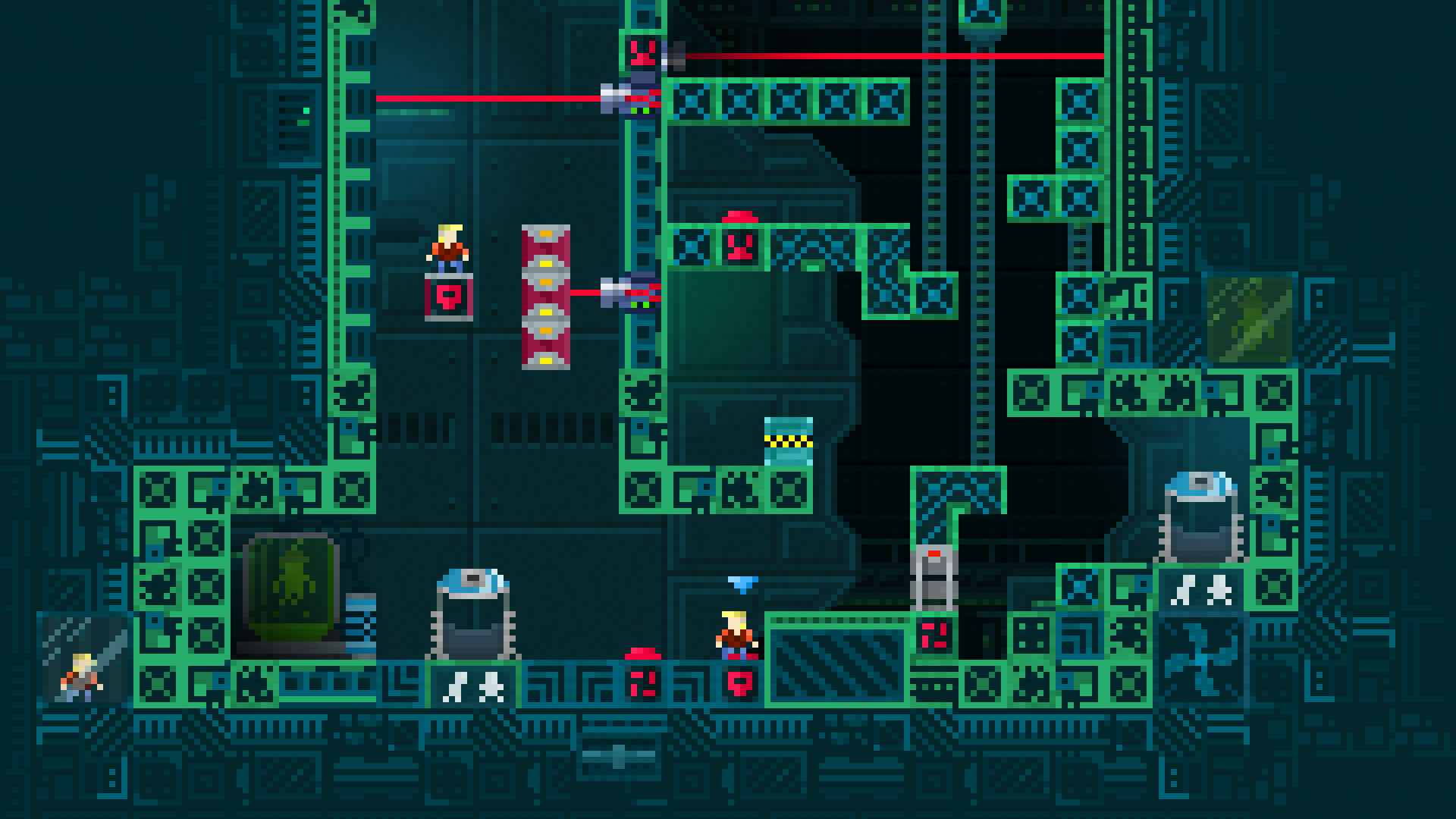
The game is the product of a small team of four developers based in Italy, outside Rome. Chestnut Games is the quintessential small dev team - a game designer, a programmer, an artist, and a content creator. The company’s Twitter account shows a love of pixel art and indie games. Among the games shared and retweeted, there’s a clear love of Celeste-esque platformers and 16-bit aesthetics.
The adventure begins with the hero waking up in a dystopian sci-fi prison laboratory. Kind of like that scene in the Matrix where Neo suddenly awakens the ‘real world’ to discover that humans are being exploited as battery cells in some kind of nightmarish vision of the future.
There’s a loose plot that hints at some kind of nefarious villain (or an ally?) called ‘Mr Nobody’ who shows up intermittently to either guide or mock the player. But apart from that, there’s not much other guidance other than a need to escape this futuristic prison as fast as possible.
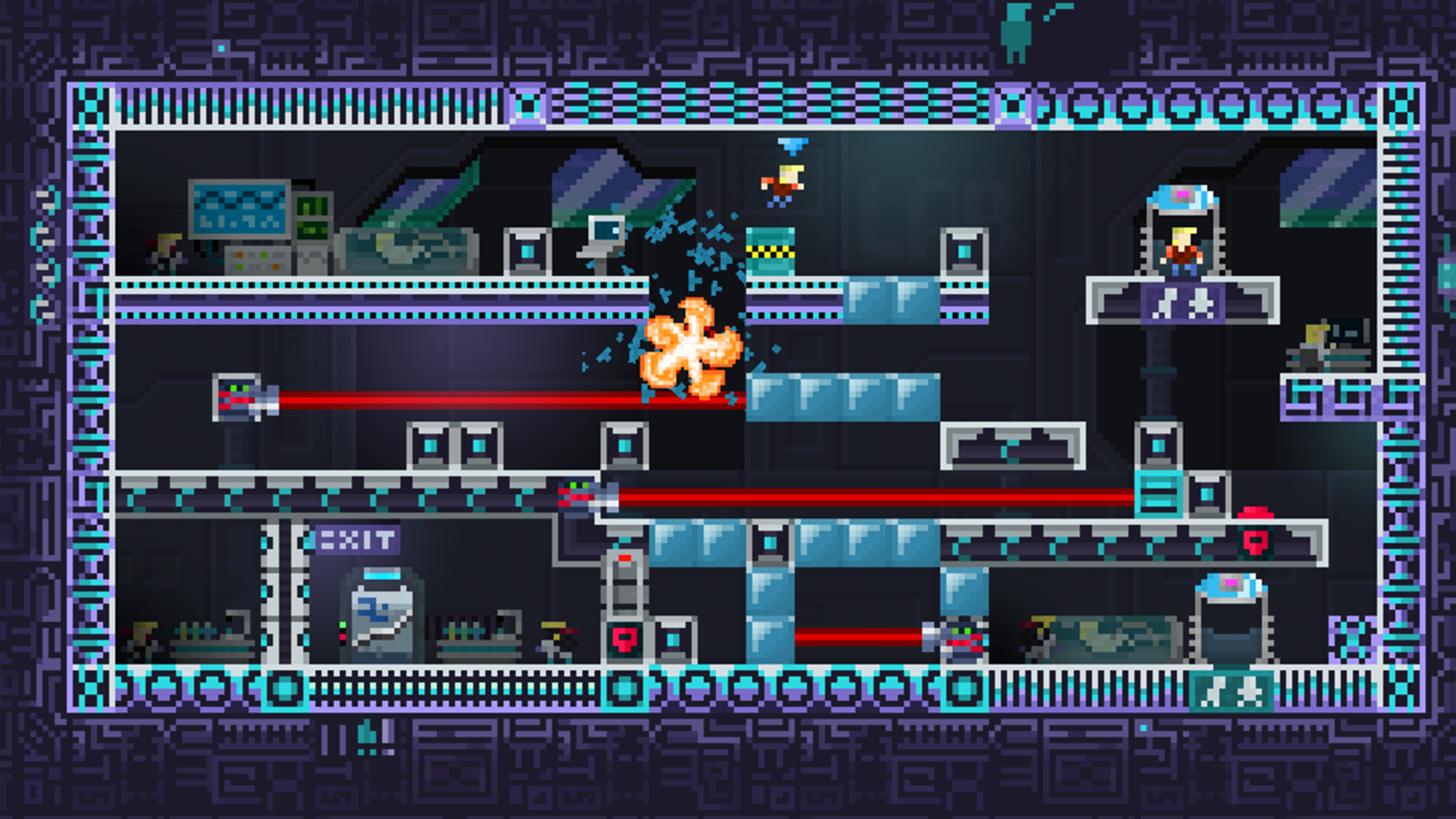
Levels start out simple enough: each one is a self-contained puzzle that can mostly fit onto a single screen. New mechanics are then added as players progress through the 100 handcrafted levels on offer. The basics involve the usual stealthy platforming fare such as dodging lasers, finding keys, opening doors and escaping from guards. Each level contains special cloning machines which can generate clones of the player, which are often in other inaccessible rooms. These clones can then be controlled freely by hot swapping using the shoulder buttons.
Things get interesting when new cloning mechanics are added, such as clones which exactly mirror the movements of the main character, or clones which explode after a short time (useful for taking out guards or breaking windows).
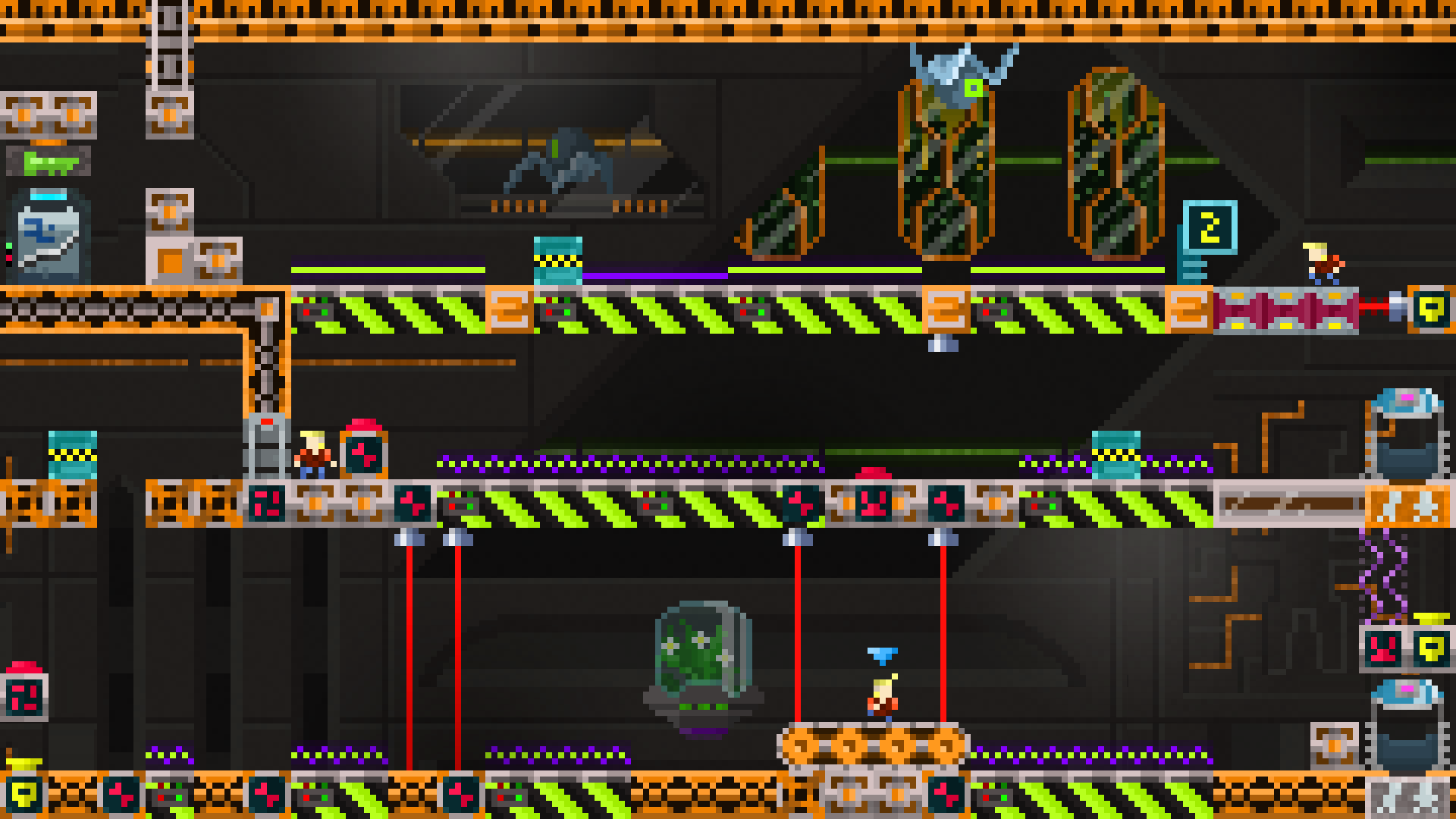
Trial and error is a fundamental part of the gameplay here, as many levels will require multiple play-throughs to find the solution. The characters have a habit of continually getting pulverised in a variety of ways. Whether it’s being shot point-blank by guards, impaled on spikes or sliced in half by buzz saws - dying a gruesome death will happen. Often.
Thankfully the game has an instant restart feature which is very similar to Celeste. As soon as players die they immediately respawn back at the beginning of the level to try again. With an endless amount of continues, there's no threat of losing progress, so levels can be tackled at a leisurely pace.
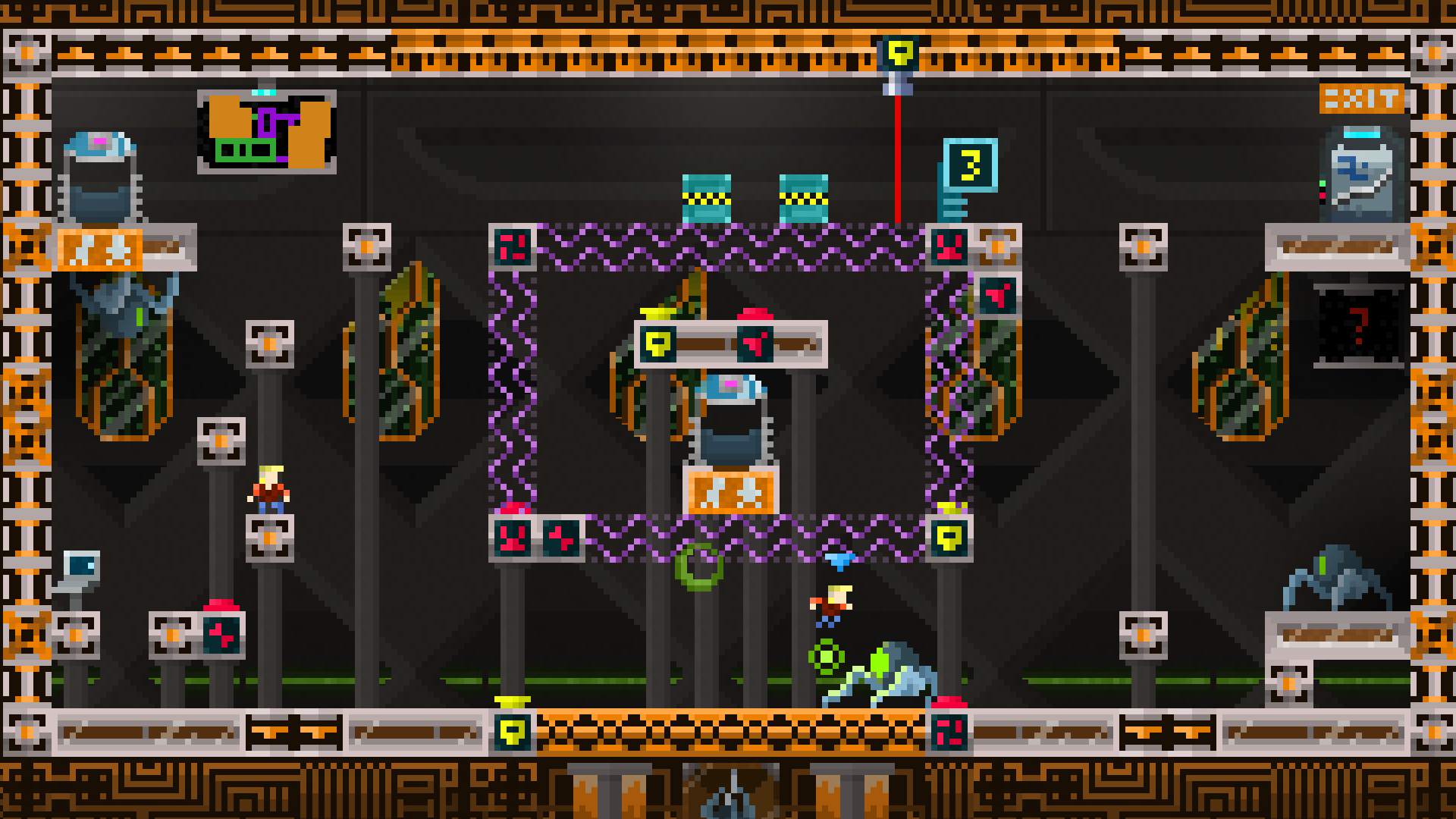
There are some real head-scratchers here in terms of level design, with some scenarios requiring an advanced sequence of steps to progress. The difficulty is rewarding though, as finally figuring out how to complete a level is satisfying, especially on the umpteenth attempt.
While I enjoyed the vibe of One Many Nobody, I certainly found some of the levels to be quite frustrating at times. Not overly frustrating to the point that I had to give up, but certainly off-putting. Sometimes I just needed to walk away and come back to level the next day.
Unfortunately, the story is poorly written and feels tangential to the core experience. This brings me to the biggest issue I had with One Many Nobody: due to the poorly executed story, there’s no real incentive to continue playing beyond the lure of the increasing puzzle difficulty.
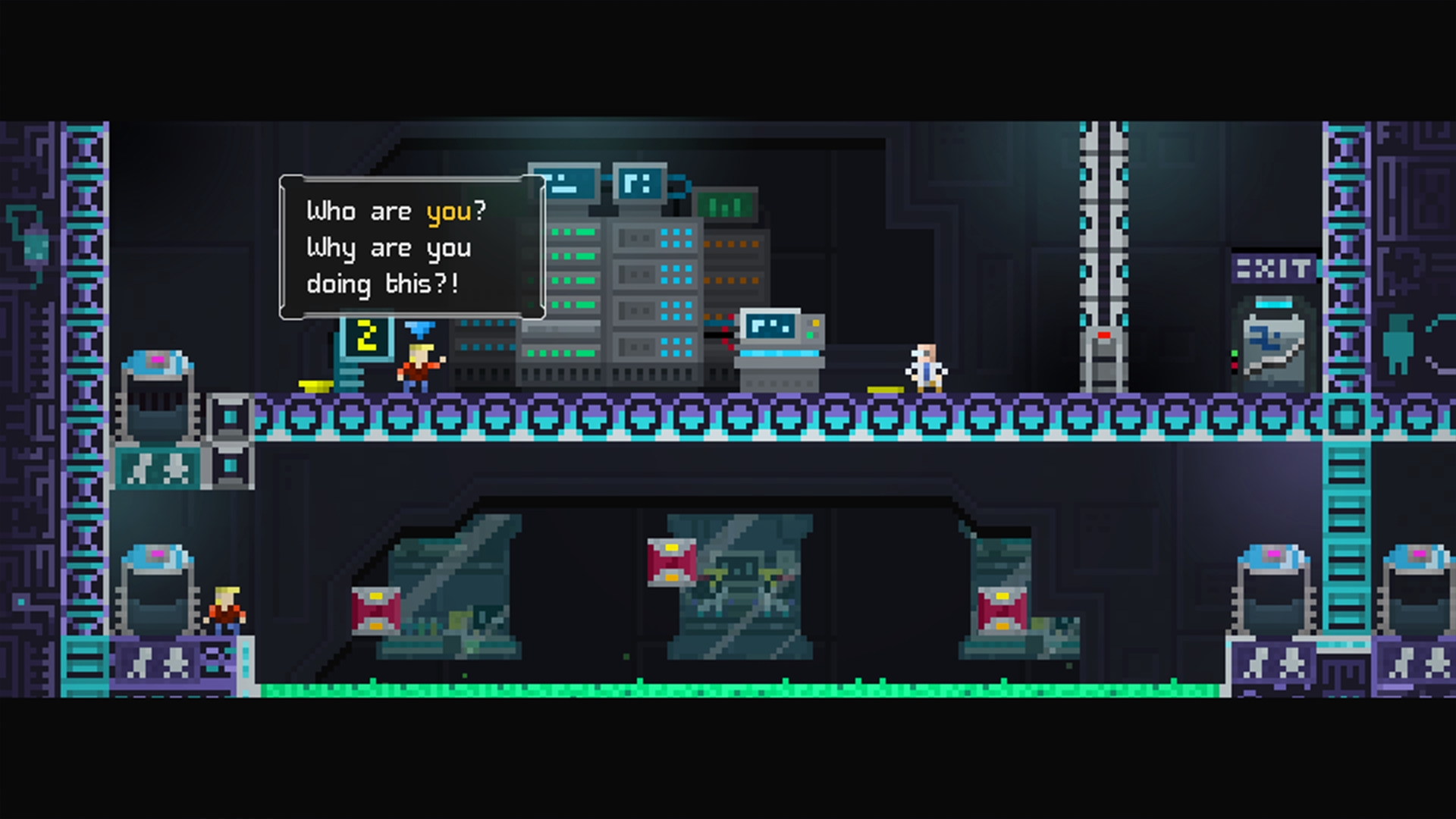
In some ways it feels like a wasted opportunity, as with a more intriguing narrative, I feel like I would have been more compelled to play on. The story feels like an afterthought, as a way to try and glue together the 100 levels that have been so carefully crated.
For those who love puzzling platformers and want some brain-melting difficulty, this game is for you. This is not for those who want to enjoy a story and do some light puzzle solving - the puzzles here really are the core of the experience. There’s also some well produced pixel-art on offer here, the artists have created a vivid and captivating 16-bit sci-fi setting. I also enjoyed the brooding electronic soundtrack which does a lot of the heavy lifting in terms of setting the oppressive mood.
Aside from the main campaign, there’s also a speed run mode which adds a timer and encourages players to finish all levels as quickly as possible. I’d recommend trying this on the second play-through, as mentioned before, many of the puzzles require a trial-and-error approach.
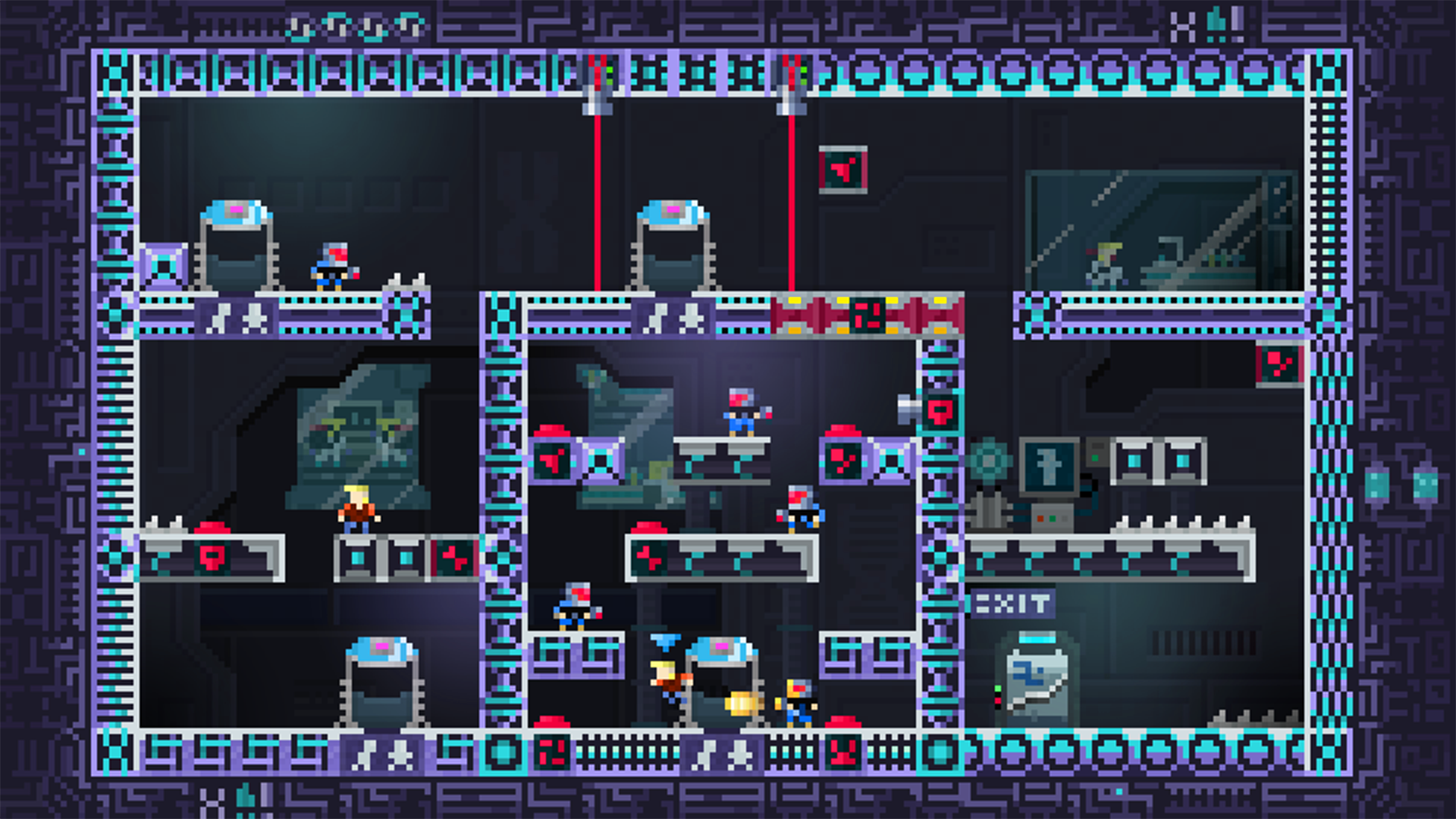
There’s definitely some fun to be had with One Many Nobody; this a fine example of the puzzle platforming genre. The bite-sized levels would also be great on the Steam Deck for those who want something to play in short bursts. Just don’t expect anything revolutionary. There’s lots of challenge here, but at times it can feel a little joyless.
